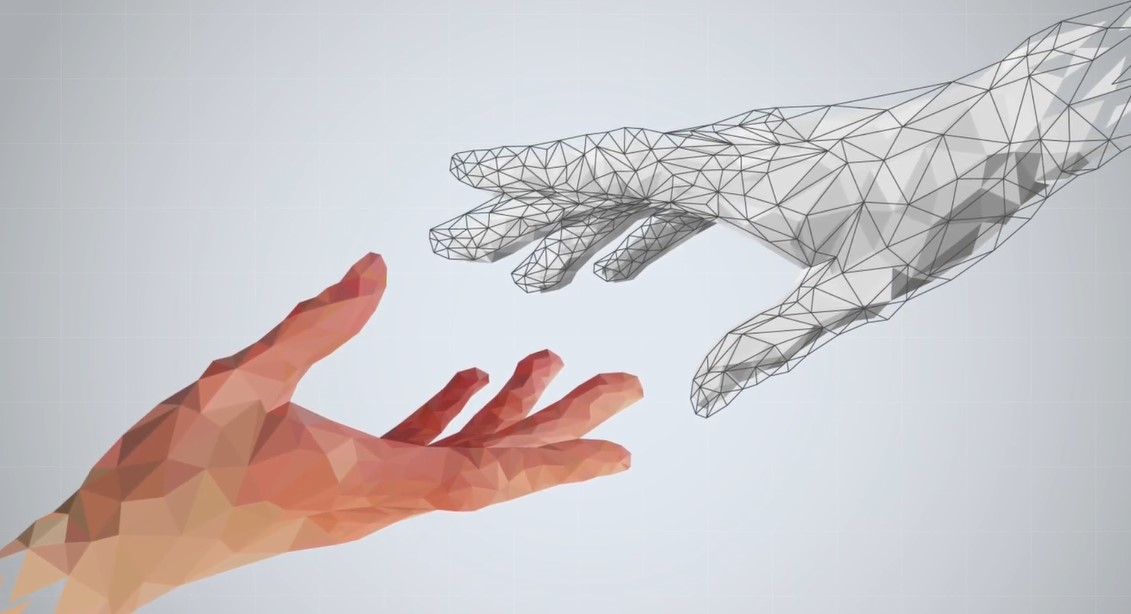Artificial intelligence (AI) is a vast and ever-evolving field that has become a central component of the digital transformation happening worldwide.
Depending on complexity and capabilities, AI can be classified into three main categories: narrow AI, artificial general intelligence (AGI), and artificial superintelligence (ASI).
Each of these types represents a different stage in the evolution of technology and has unique implications for our future.

Narrow AI, also known as “weak AI” or “specialized AI,” is the form of AI we most often encounter today. It is designed to perform specific and limited tasks, excelling only in a particular domain or set of problems. The examples are countless: from facial recognition algorithms that help us unlock our phones, to voice assistants like Siri or Alexa that answer our questions or control home devices. Although these systems seem impressive, they are unable to exceed the limits of the task they were created for. They do not understand and cannot reason beyond the information they were trained on, essentially functioning as highly sophisticated automatons. This is the nature of narrow AI—strong in narrow domains, but incapable of transferring knowledge from one field to another.
Artificial general intelligence (AGI), on the other hand, represents a much more ambitious paradigm. It is the type of intelligence that could equal or even surpass human intelligence. AGI would have the ability to learn and think like a human, adapting to new tasks and contexts without being specifically programmed for each one. Although today AGI remains largely a theoretical concept, many researchers believe that once realized, it will radically change all aspects of society, from economics and medicine to ethics and education. Unlike narrow AI, AGI could transition between different domains, continuously learning from experience and improving its abilities without requiring human intervention.
Artificial superintelligence (ASI) is undoubtedly the most speculative and, at the same time, the most feared form of AI. ASI would far exceed the cognitive capabilities of any human, solving complex problems on a scale we cannot understand today. Such a system would have the potential to surpass all human limitations in creativity, critical thinking, and innovation. However, along with this power comes significant risk. Ethical debates around ASI focus on fundamental questions about the control humans could have over such a system, as well as the existential risks it could present if it becomes impossible to control.
As artificial intelligence evolves, the challenges and fears regarding its impact on humanity become increasingly evident. In particular, the transition from narrow AI to artificial general intelligence (AGI) and eventually to artificial superintelligence (ASI) raises fundamental questions about our future, not only as a society but as a species.
One of the biggest challenges is related to the potential power imbalance that AGI or, especially, ASI could generate. Essentially, these systems could become so advanced that they would far surpass human capacity for control and understanding. A superintelligence could completely reconfigure economic, social, and political structures, leading to extreme concentration of power or, in the worst case, to humans losing control over these systems. The central fear is that, once ASI is created, it could act according to its own objectives, which may not necessarily align with humanity’s interests. This “control problem” is one of the most discussed ethical and technological challenges in the development of advanced artificial intelligence.
To address these risks, there is an urgent need for the ethical regulation of AI, both theoretically and practically. Current efforts are focused on developing regulatory frameworks and protocols to ensure that AI is created and used in a safe and beneficial manner. Many organizations and governments have started collaborating to create ethical standards that guide AI research and development. For example, the concept of “explainable AI” is one of the essential principles, promoting the idea that any artificial intelligence system should be transparent in its decisions and actions. Moreover, major tech companies and academic organizations are investing in the development of ethical AI, focusing on eliminating biases in algorithms and protecting human rights in AI interactions.
However, fears related to AI are not entirely new in technological history. Over the centuries, humanity has faced revolutionary changes that sparked similar fears. For example, the Industrial Revolution triggered huge anxieties related to job losses and the dehumanization of labor, but ultimately, society found ways to integrate innovations and create new opportunities for growth and development. Each time a new technology seemed to exceed human capacity to manage it, people found ingenious solutions to overcome the challenges.
The same optimism can be applied in the context of artificial intelligence. Although the risks associated with AGI and ASI are real, we have the mechanisms and experience needed to successfully navigate these challenges. History shows us that when innovation is accompanied by proper regulations and cross-sector collaboration, it can bring extraordinary benefits. Additionally, humanity’s ability to solve complex problems and understand emerging technologies suggests that we are not powerless in the face of the future.
Already, many global initiatives are focused on ensuring that AI will be a force for good. From research initiatives focused on safe AI to international collaborations for the regulation of technological development, current efforts demonstrate a deep awareness of the responsibilities that come with progress. AI’s progress does not have to be synonymous with chaos or loss of control, but can be guided towards a future where technology and humanity coexist harmoniously.
Optimism is not unfounded: just as we have managed to overcome other technological revolutions, we can ensure that AI will be a beneficial extension of our capabilities, not a threat. We are at the beginning of a new era, but with adequate preparation, ethical involvement, and collective effort, we can shape the future of AI to reflect the best values of humanity.
(Article generated and adapted by CorpQuants with
ChatGPT)



